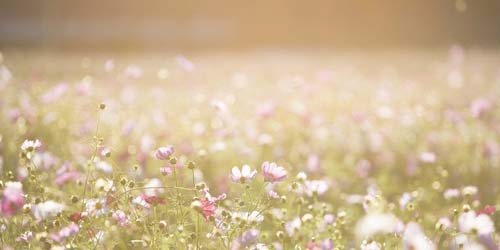
Imagine yourself as Alice in Wonderland. Colorful flowers and fragrant grasses left and right of the path entice you to walk deeper into the garden. This is not just any herb garden. You are walking past natural uppers, downers and psychedelics in a garden full of drugs! This could easily be your garden. Come along on a journey of discovery?
Drugs in the garden
Many drugs literally just hang from the tree. Some seeds, leaves, fruits and flowers can take you all the way to seventh heaven if you prepare and use them correctly. You too can create your own herb garden full of natural drugs. And you don't even need a big garden to do it. A sunny spot on your balcony can often be enough, but there are even creative options for hanging a vegetable or herb garden safely out of the window on the eleventh floor.
Maybe you've walked through the garden of a monastery. Or maybe you've visited a botanical garden. The sheer diversity of herbs in these gardens can be a feast for the senses. Aside from the fact that they are often beautifully landscaped, if you look closely, you can indulge yourself as a smart-drug enthusiast. Where peyote and San Pedro cacti prefer to be in the greenhouse or indoors, poppy and ephedra can be perfectly placed in any Western European garden.
The Herb garden of Dutch-Headshop
In our herb garden, alongside a colourful collection of weed plants of all shapes and sizes, there are also some less recognizable types of smart drugs. On the other side of the pond we come to the psychedelics. From these plants you get to see other worlds, or at least they literally bring colour the current world.
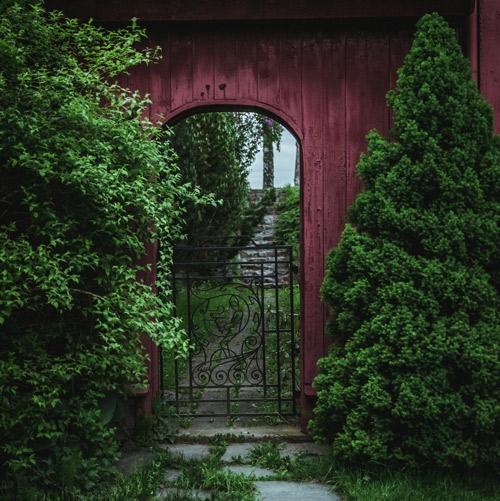
Will you join us in the garden?
Yopo
The most showy tree is the yopo - internationally known as Anadenanthera peregrina. This meter-high tropical tree normally grows in the Caribbean and South America. Especially in Brazil and other parts of the Amazon, yopo and the similar cebil or Anadenanthera colubrina seeds are ground into powder. That powder is then mixed with special chalk and snorted through a snorting tube. You can do this yourself with a so-called kuripe or have someone else do it with a tepi pipe. Rapé is used in the same way. Yopo and Cebil both contain bufotenine, a powerful hallucinogenic similar to DMT. DMT and 5-MeO-DMT are also among the ingredients. In short, these are seeds you should be careful with.
Natural LSD
Under the yopo tree is a bed of annual morning glory (Ipomoea violacea) and hawaiian baby woodrose. The heart-shaped leaves are interspersed with blue, purple, pink and white flowers that open as a wokkle in the morning when the sun shines on them. In the Netherlands and other Western European countries, this plant only lives one year because they cannot withstand frost. But if the winter is frost-free, they continue to grow and in no time your whole garden will be full. The plant climbs and scrambles over everything, so be careful not to let them do too much. Morning glory and Hawaiian baby woodrose seeds both contain the substance LSA, which is a kind of chemical precursor to LSD. The smaller morning glory seeds will give you about 300 seeds for a strong trip, while the much larger hawaiian baby woodrose seeds will give you about 8 seeds for a similar psychedelic trip.
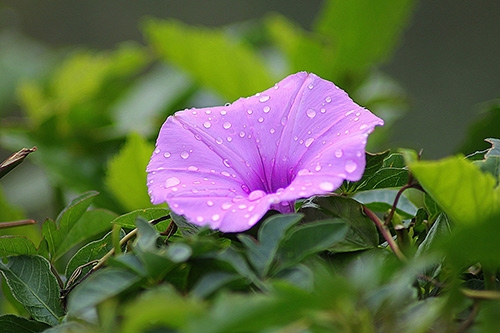
Voacanga, the Alternative to Iboga
Closer to the waterside is a medium height tree from Africa. The seeds of this plant contain a permitted alternative to ibogaine. Ibogaine is used to get rid of addictions. Although the bark of voacanga also contains traces of ibogaine, it is not enough to experience any effect from it. Voacangin and voacamine are more common in this tree and its seeds and put you in a daze with mild hallucinations.
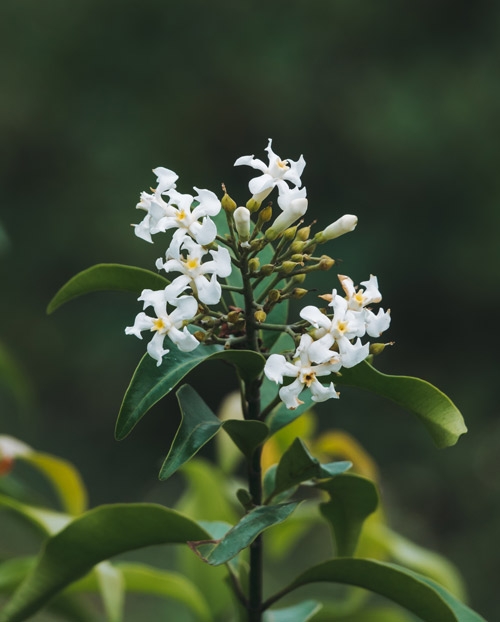
We walk into the sunny middle section of the psychedelic garden and see a small field with two very different plants.
Natural Speed
Ephedra or Ephedra sinica is a grassy bush found in many subtropical and temperate regions. The plant makes ephedrine, which causes effects similar to amphetamine (speed). Ephedrine and a number of other alkaloids in this plant stimulate your brain, constrict blood vessels (increasing your blood pressure) and dilate the bronchi. This allows you to breathe better and you feel like you have better stamina. You get warmer and digestion goes into the next gear. That's why ephedra was also used in weight loss remedies. In many countries ephedra is banned because its blood-pressure-raising effects can be dangerous. Also, the list of side effects is quite long. You can get proverbial short fuses and long toes - so you get irritated quickly. Greater is the risk of vomiting, cardiac arrhythmia, heart failure, overheating and strokes. Another reason ephedra is illegal in a number of countries is that the plant can be used in the preparation of methamphetamine or (crystal) meth.
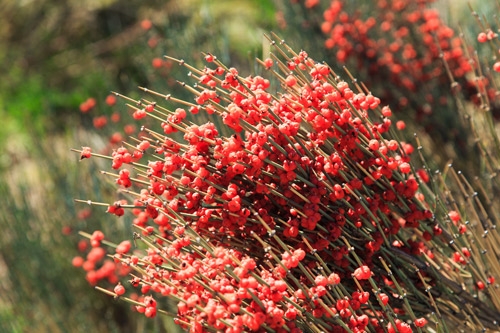
Opium Poppy
Next to speed is a plant to help you cool down again: a special poppy also known as the sleeping bulb. Papaver somniferum develops beautiful flowers and is truly a feast for the eyes. In addition, the flowers help to attract bees and we have a shortage of them worldwide. The poppies that can be cultivated do not contain substances such as thebaine, oripavine, morphine or codeine. You can compare growing poppies with the legislation around weed plants. Hemp does not contain a significant amount of high-makin' THC, but weed does. Therefore, under strict conditions, hemp plants can be grown on a large scale that do not contain a significant amount of THC. Something similar is going on with poppies. Some strains or cultivars contain substances from which oxycodone, heroin and morphine are made, but by no means all of them. Opium has an enormous documented history of changing legal status, use as a stimulant and as a medication that is at least 2,500 years old.
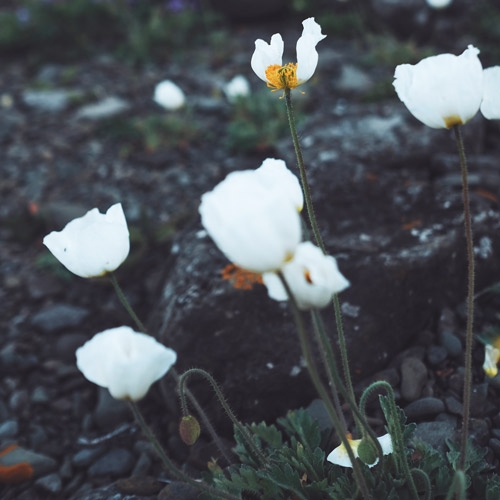
Kanna
As we walk back towards the house, we see another succulent plant with beautiful yellow flowers in the herb garden. This is kanna. The tradition of using kanna (Sceletium tortuosum) dates back to prehistoric times. In South Africa, Namibia and Botswana, dried or fermented kanna is used to calm the nerves, reduce pain and lower appetite. Higher doses can produce euphoric feelings, but are not hallucinogenic. In fact, kanna does not belong to the psychedelics, but gives you a nice relaxed feeling. Want to know more about kanna? Then read this interesting article about kanna.
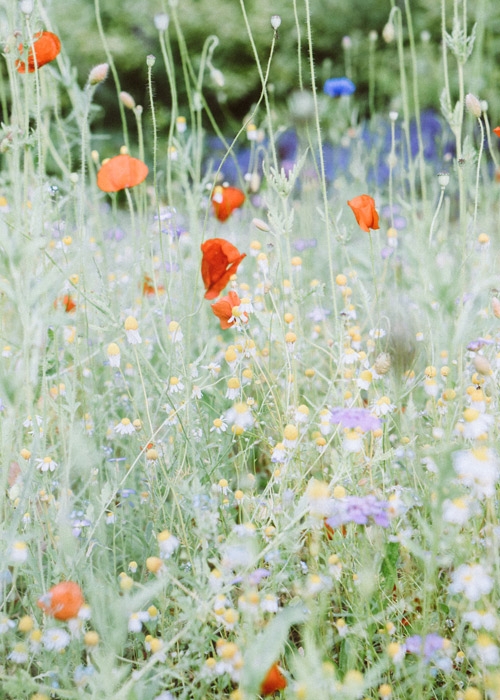
A herb garden to dream away in: packed with smart drugs without the neighbors knowing!
Growing herbs yourself
While growing your own herbs is definitely not difficult, finding the time and space for it can be a challenge. Moreover, you need some understanding of how to take care of a plant. But if you know us from our ever-growing collection of weed seeds, then it pays to check out the psychedelic herb garden section. Nice for a change and super ninja: no conservative neighbor will recognize kanna or yopo!